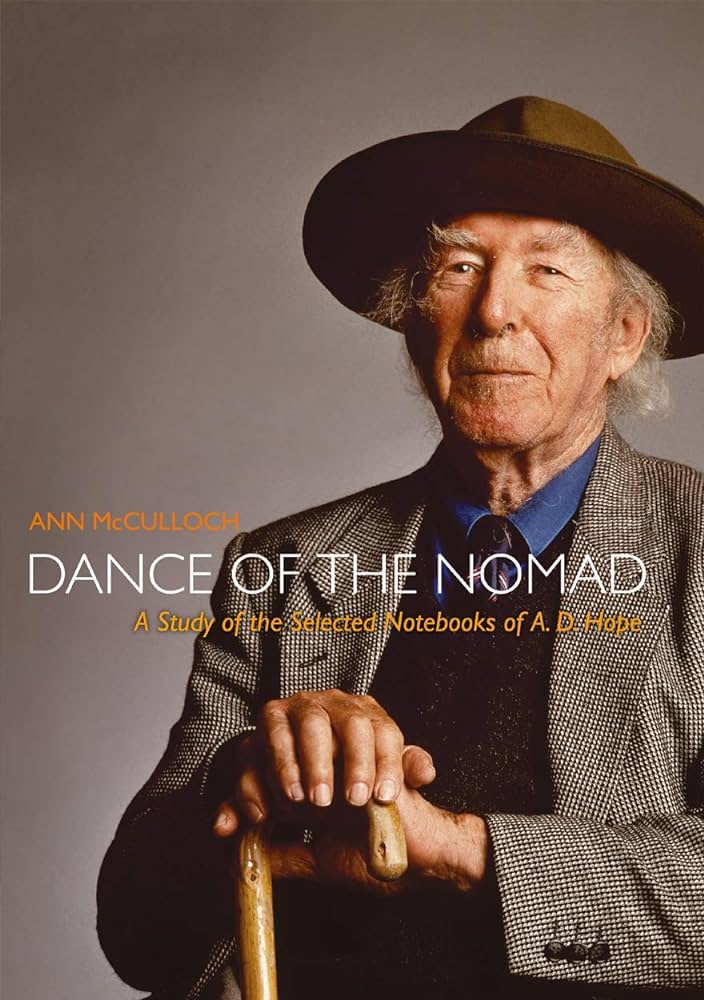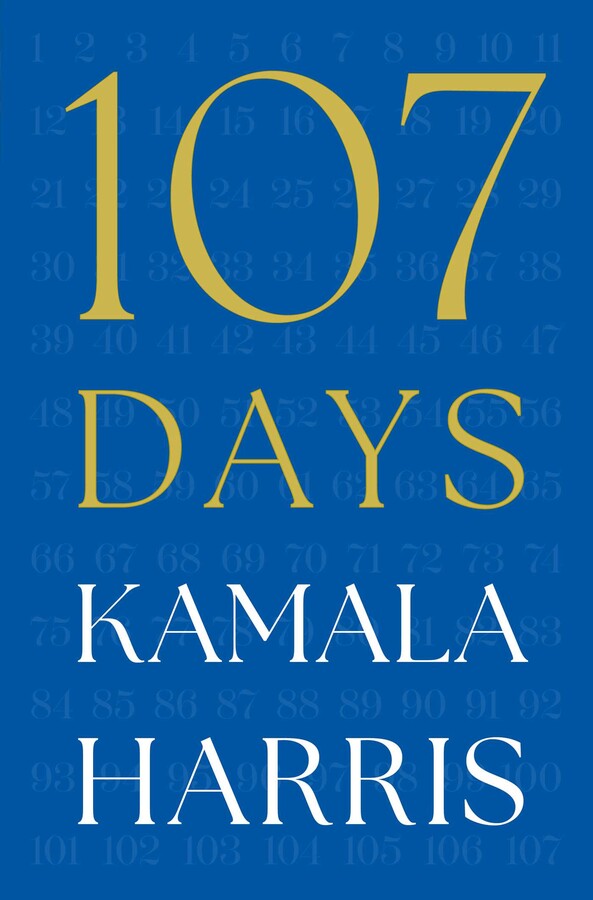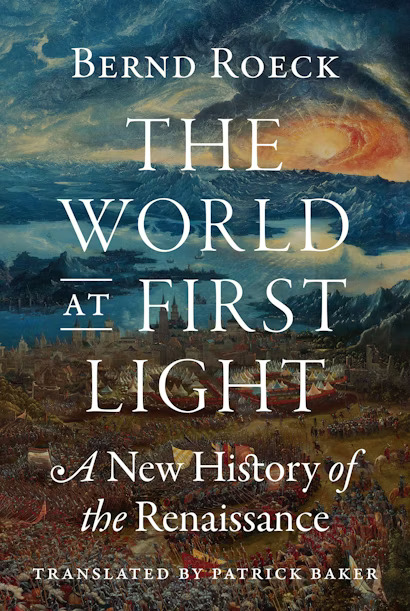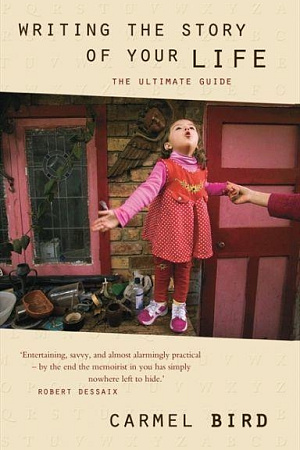Dance of the Nomad: A study of the selected notebooks of A.D. Hope
Pandanus, $45 pb, 397 pp
A desert rover
Here is an entry in one of A.D. Hope’s notebooks: it is from 1961: ‘Ingenious devices for letting in the light without allowing you to see out, such as modern techniques provide – e.g., glass brick walls, crinkle-glass, sanded glass and so on – remind me very much of most present-day forms of education.’ This is a representative passage from the notebooks. Lucid itself, it bears on elements of frustration or nullification in experience. As such, it testifies to Hope’s recurrent sense that human beings can easily mislocate their ingenuity, with results that are both memorable and regrettable. In a later notebook, in 1978, speaking of the labyrinth as a model of human life, he writes: ‘Looking back one sees that comparatively trivial blind choices have often determined one’s course and that the majority of people do end up in blind alleys.’ One might contest the generalisation, but will not easily forget the analogy.
Continue reading for only $10 per month. Subscribe and gain full access to Australian Book Review. Already a subscriber? Sign in. If you need assistance, feel free to contact us.












Leave a comment
If you are an ABR subscriber, you will need to sign in to post a comment.
If you have forgotten your sign in details, or if you receive an error message when trying to submit your comment, please email your comment (and the name of the article to which it relates) to ABR Comments. We will review your comment and, subject to approval, we will post it under your name.
Please note that all comments must be approved by ABR and comply with our Terms & Conditions.